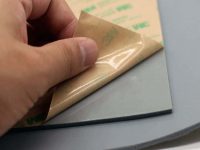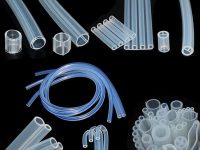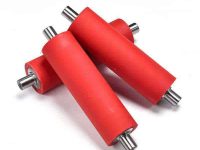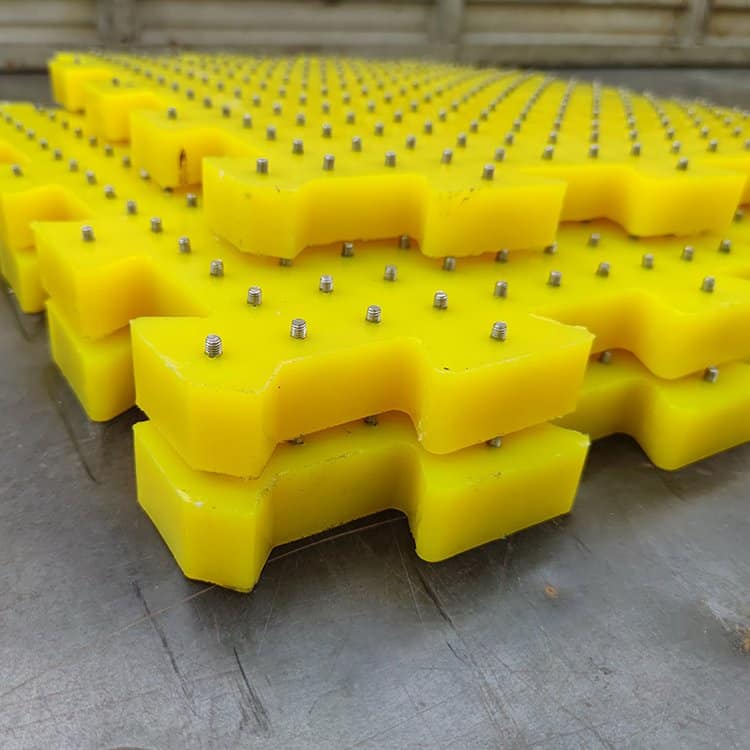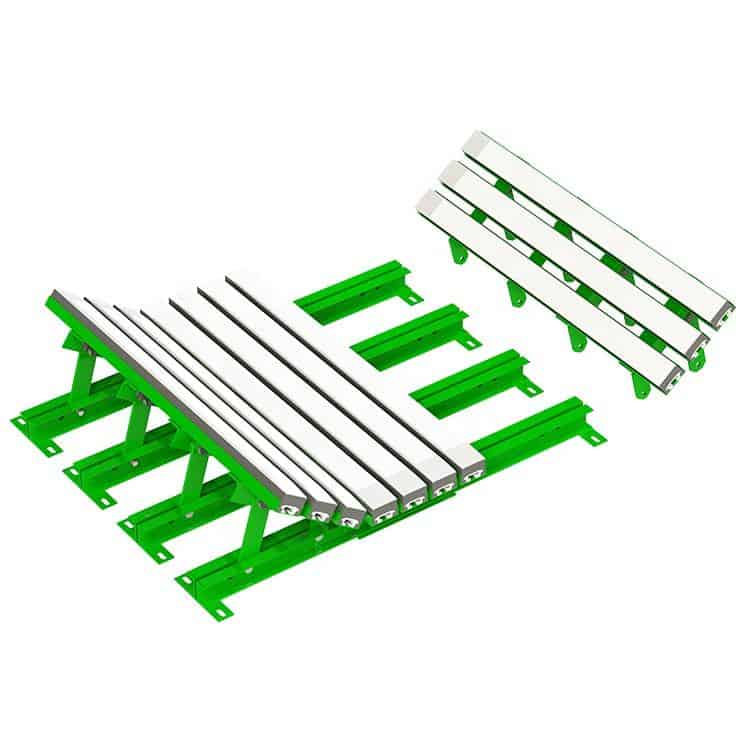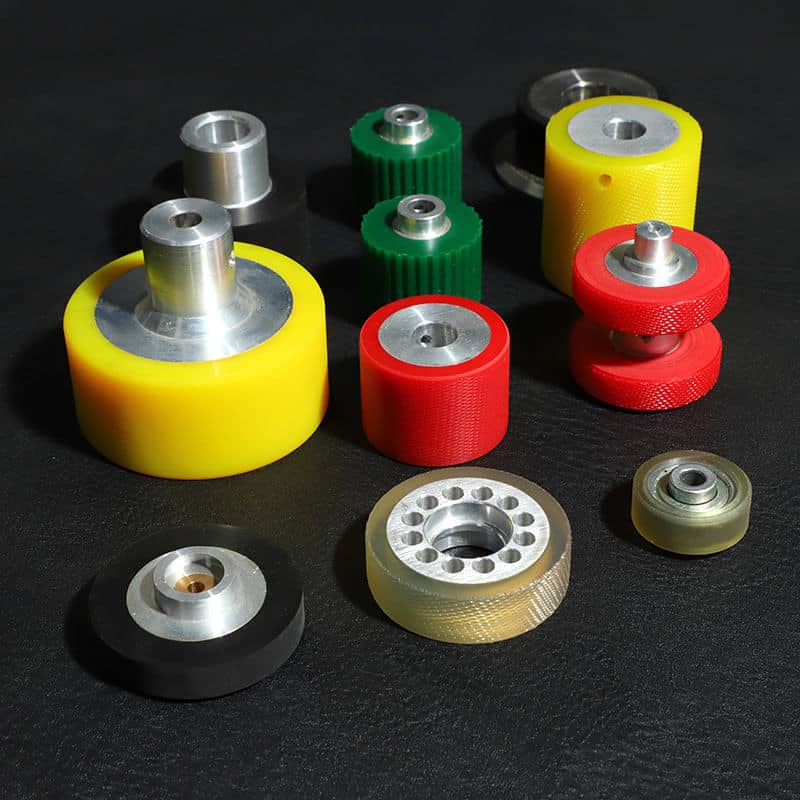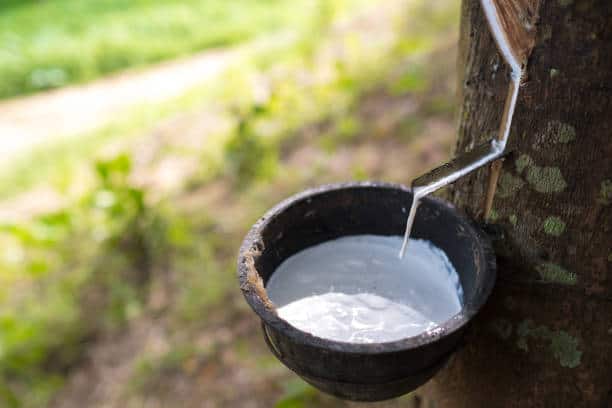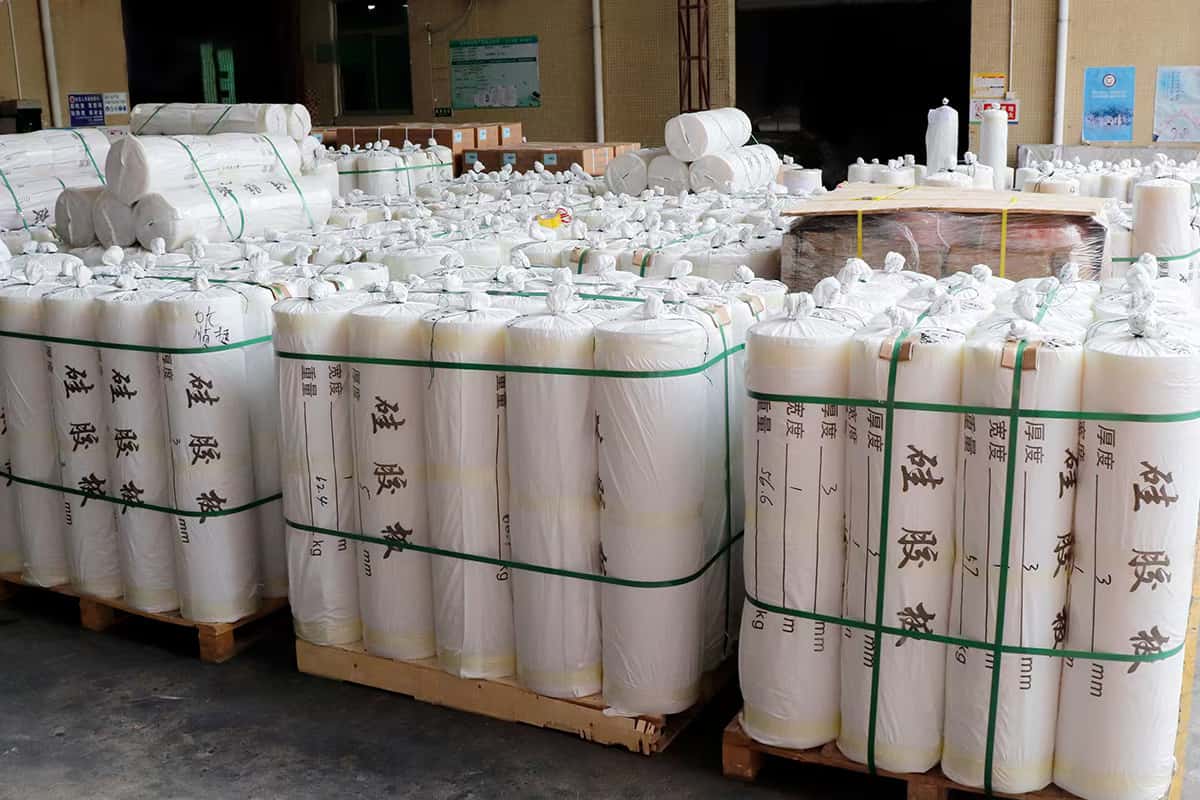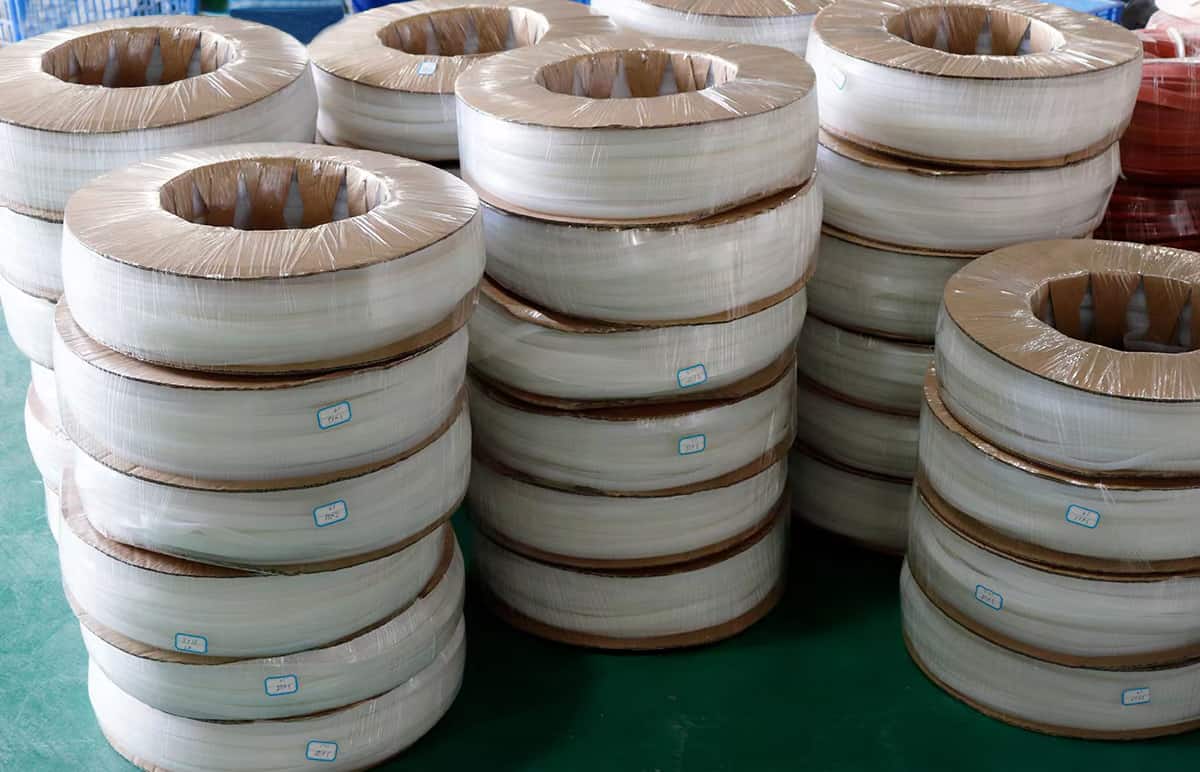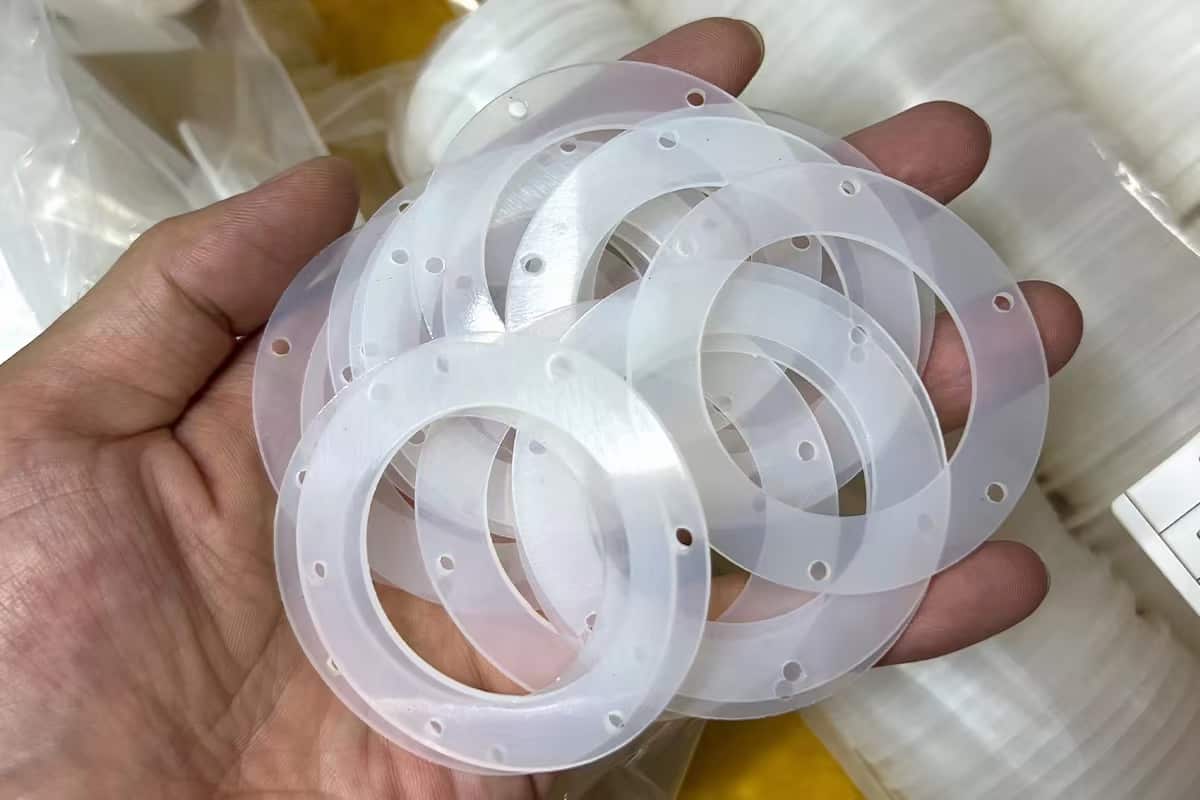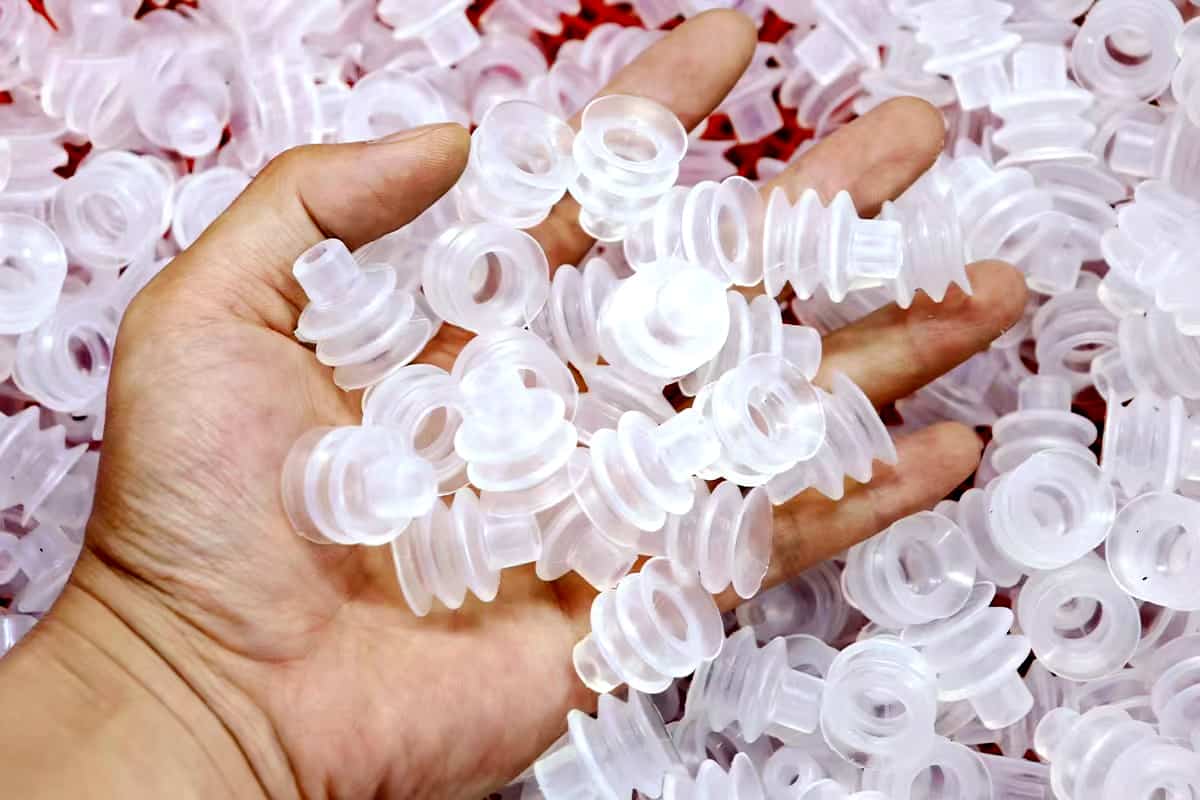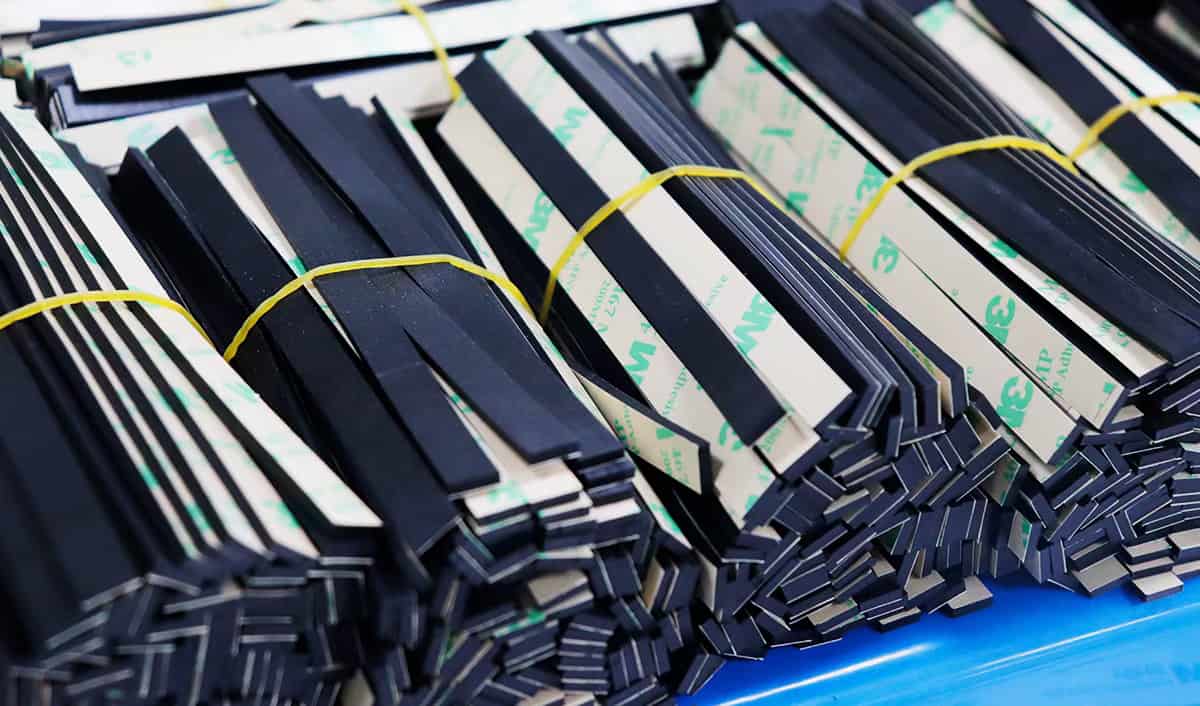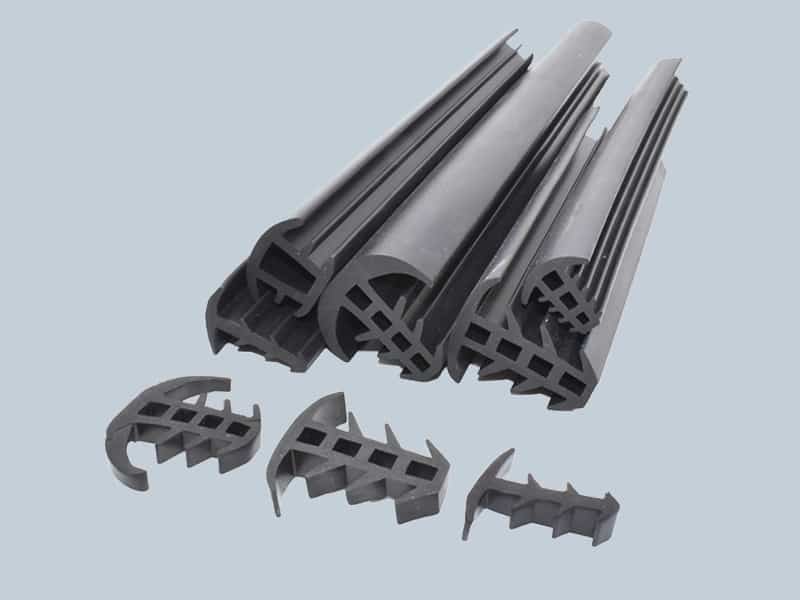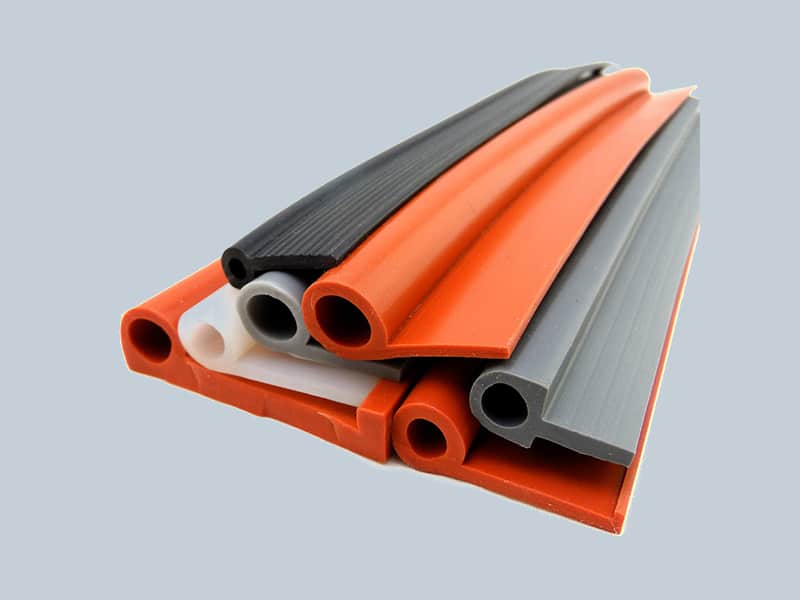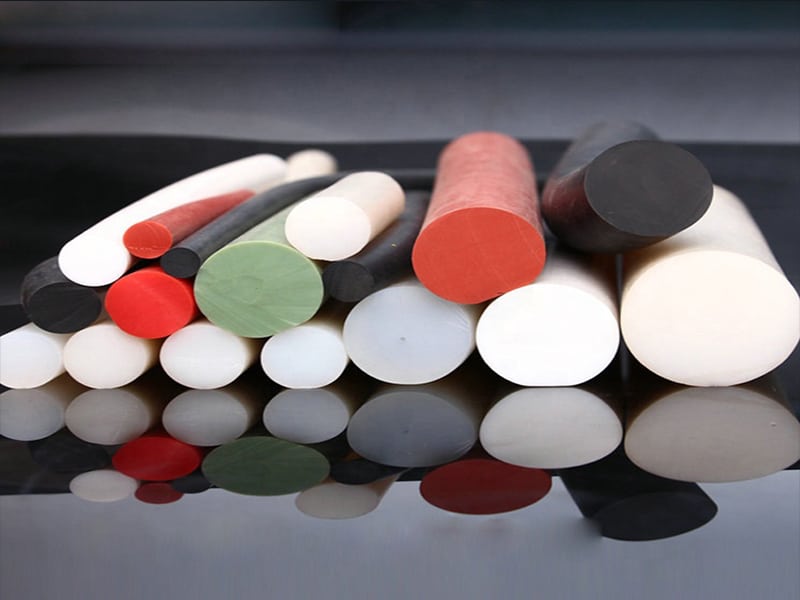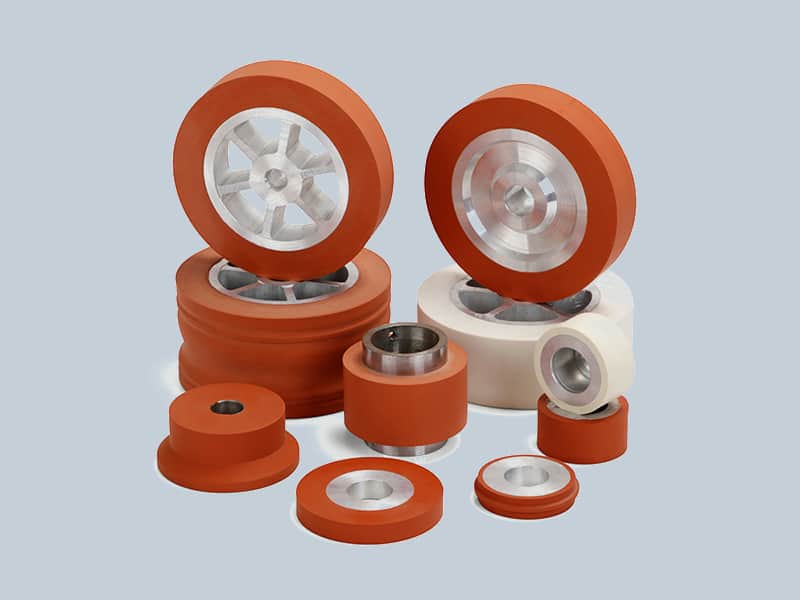If you’re looking for a high-quality silicone rubber sheet, you’ve come to the right place. In this blog post, we’ll walk you through the entire manufacturing process, from start to finish. So sit back, relax, and enjoy the ride!
Introduction
Silicone rubber is an elastic material with a wide range of applications, from electrical insulation to medical implants. It is made by processing silicone, a synthetic polymer made up of Si-O-Si bonds, into a rubber-like material. This can be done through various methods, including injection molding, compression molding, and extrusion.
The first step in the silicone rubber sheet manufacturing process is to create the silicone polymer. This is done by combining silica (SiO2), which is derived from sand, with oxygen and methane. The resulting mixture is then put through a process called hydrolysis, which breaks down the Si-O-Si bonds and creates a liquid polymer.
The next step is to curing the silicone polymer. This can be done via numerous methods, but the most common method is adding a peroxide to the mixture, which causes the polymer to cross-link and form a network of chains. Once cured, the silicone rubber will have properties such as high temperature resistance and elasticity.
After curing, the silicone rubber can be processed into a number of different forms, such as sheets, tubes, or molded parts. One of the most common methods for processing silicone rubber into sheet form is calendering, in which the rubber is passed through two rollers that flatten it into a sheet. Other methods include extrusion and compression molding.
Once processed into sheet form, the silicone rubber can be cut to size and used in a variety of applications. It is commonly used as an electrical insulator or thermal barrier in electronic devices, as well as in gaskets, seals, and tubing.
What is Silicone Rubber?
Silicone rubber is an elastomer composed of silicone—itself a polymer—containing silicon together with carbon, hydrogen, and oxygen. Silicon is the second most abundant element in the Earth’s crust, after oxygen.
During World War II, aircraft makers Dow Corning and General Electric began using silicone rubber for gaskets, tubing, and insulation in military equipment. After the war ended and other uses for the product had been developed, silicone rubber became an important industrial material. It can be formed into seals and tubes orsurround electrical coils; it can be used as an insulator in power plants and as a sealant for piping systems; it can make household items such as bakeware and kitchen utensils; and it is found in medical applications such as catheters, contact lenses, implants, and prosthetics.
History
Silicone rubber was first developed in a joint effort between Corning Glass Works and Dow Corning in 1943. It was initially developed as an insulating material for electronic applications. In the 1950s, silicone rubber became widely used as a sealant, adhesive, and lubricant for a variety of applications. By the 1960s and 1970s, silicone rubber had become an essential material for a wide variety of industries, including the automotive, aerospace, electrical, medical, and food industries.
Silicone rubber is unique among synthetic elastomers because of its ability to maintain its flexibility and strength over a wide temperature range. It can be used in applications where temperatures range from -55°C to +300°C (-67°F to +572°F).
Characteristics
One of the main benefits to using silicone rubber for mold-making is its easy release characteristics. Unlike plaster or other molding materials, silicone molds can be easily peeled away from the cured model without damaging the model. This characteristic also allows for multiple castings from a single mold – after the mold has been peeled away from the first casting, it can be used again and again to create perfect copies.
In addition to its easy release properties, silicone rubber also possesses high heat resistance. This makes it an ideal material for creating molds that will be used with materials that require high temperatures during curing or casting, such as epoxy resins.
The Manufacturing Process of Silicone Rubber
The manufacturing process of silicone rubber can be divided into two parts: the creation of the base polymer and the cross-linking of the polymer to cure it.
The base polymer is created by mixing together two different chemicals, silicon and oxygen. The resulting substance is a clear, viscous liquid known as silicone. Once the silicone has been created, it can be mixed with other substances to create a variety of different products, including rubber sheets.
To turn the silicone into rubber, it must undergo a process known as cross-linking. This process turns the individual molecules of silicone into a three-dimensional network that gives rubber its characteristic properties, such as elasticity. There are several different methods that can be used to cross-link silicone rubber, including exposure to ultraviolet light or heat, or by adding chemicals known as vulcanizing agents.
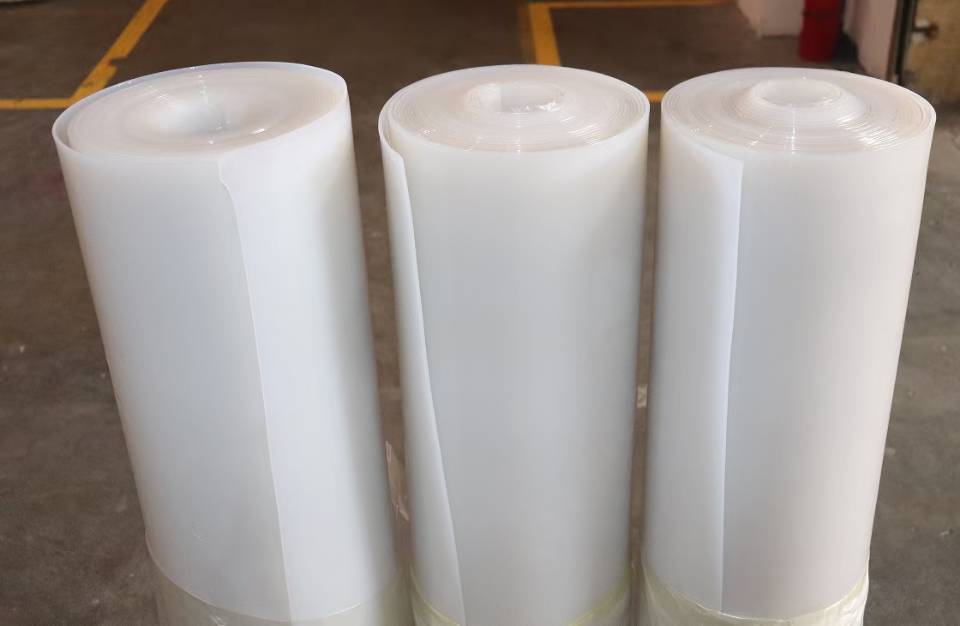
The Benefits of Silicone Rubber
Silicone rubber is an increasingly popular material for a wide range of manufacturing applications. Its unique properties make it an ideal choice for many industries, including:
-Automotive: Silicone rubber is often used in automotive applications because it can withstand extremely high temperatures. It is also resistant to oil and other chemicals, making it ideal for use in car engines.
-Electronics: Silicone rubber is widely used in the electronics industry because it is an excellent insulator and can resist high temperatures.
-Food and beverage: Silicone rubber is often used in food and beverage production because it is non-toxic and can withstand high temperatures.
-Medical: Medical grade silicone rubber sheet is often used in medical applications because it is non-toxic and can be sterilized. It is also resistant to body fluids and blood.
The Future of Silicone Rubber
The diversity of properties possessed by silicone rubber enables it to be used in a great many different situations. For example, it can be used in the construction industry as sealant, in the food industry as an ingredients and food additive, in the medical sector as a material for implants and prosthetics. As the world becomes increasingly environmentally conscious, the fact that silicone rubber can be recycled makes it a more attractive proposition for many applications.
FAQ's
1. Is silicone rubber safe?
Yes, silicone rubber is safe to use. It is a non-toxic material that is hypoallergenic and does not cause any skin irritations.
2. How is silicone rubber made?
Silicone rubber is made through a process of polymerization. This process involves combining small molecules called monomers to form larger molecules called polymers. The silicone rubber sheet is then vulcanized, or cured, to give it its final properties.
3. What are the benefits of using silicone rubber?
Silicone rubber has many benefits, including its high temperature resistance, low toxicity, and weather resistance. It is also an excellent electrical insulator and has good resistance to chemicals.
Conclusion
In conclusion, the silicone rubber sheet manufacturing process is a key part of the production of rubber products. By understanding the process and its importance, SUCONVEY silicone rubber sheet manufacturer can ensure that their products are of the highest quality and meet the needs of their customers.


